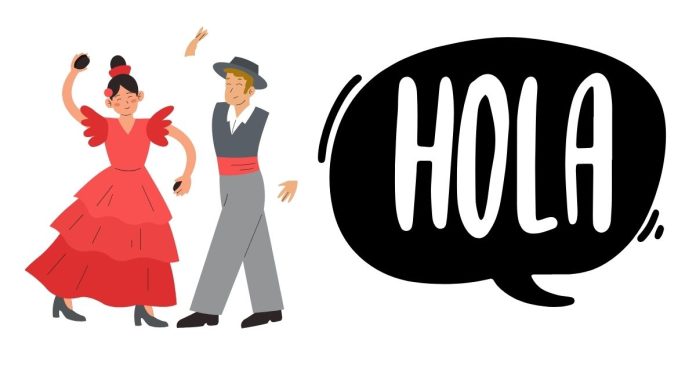When learning a new language, knowing how to describe various situations is essential — and one important word you might need is “dangerous.” Whether you’re talking about a risky situation, a dangerous animal, or something that poses harm, understanding the right translation is key. In Spanish, the word for “dangerous” is “peligroso” (pronounced peh-lee-GROH-soh).
Let’s dive deeper into how to use “peligroso” in different contexts, its variations, and pronunciation tips!
The Basic Translation: “Peligroso”
- Peligroso (adjective) means “dangerous” or “risky” and is used to describe something that poses a threat, harm, or danger.
For example:
- El perro es peligroso.
(The dog is dangerous.) - El clima es muy peligroso hoy.
(The weather is very dangerous today.)
Pronunciation Tips
The word “peligroso” might look a bit intimidating, but it’s fairly simple once you break it down:
- Pe as in “pet.”
- Li as in “lee” (soft “e” sound).
- Gro sounds like “grow” but with a stronger “o” sound.
- So sounds like “so” in English.
So, peligroso is pronounced as peh-lee-GROH-soh with the emphasis on the second-to-last syllable (“GROH”).
Variations of “Peligroso”
Like many adjectives in Spanish, “peligroso” agrees in gender and number with the noun it modifies. Here are some variations:
- Peligrosa – This is the feminine form of “peligroso,” used when describing a feminine noun.
Example: La serpiente es peligrosa.
(The snake is dangerous.) - Peligrosos – The plural form for masculine nouns.
Example: Los animales peligrosos son raros aquí.
(Dangerous animals are rare here.) - Peligrosas – The plural form for feminine nouns.
Example: Las carreteras peligrosas deben ser evitadas.
(The dangerous roads should be avoided.)
Other Ways to Express “Dangerous” in Spanish
While “peligroso” is the most common way to say “dangerous,” there are other expressions or variations you can use, depending on the context:
- Riesgoso/a – Another way to say “dangerous,” but less commonly used. This word comes from “riesgo,” which means “risk.”
Example: Es una situación riesgosa.
(It’s a risky situation.) - Arriesgado/a – This means “risky” or “hazardous” and is also frequently used in Spanish to describe something that involves danger.
Example: Hacer paracaidismo es arriesgado.
(Skydiving is risky.)
Common Phrases with “Peligroso”
Here are a few common phrases in Spanish where you can use “peligroso”:
- ¡Cuidado! Es peligroso.
(Be careful! It’s dangerous.) - El río está peligroso hoy.
(The river is dangerous today.) - Es un juego peligroso.
(It’s a dangerous game.) - Este trabajo es muy peligroso.
(This job is very dangerous.)
Conclusion
In summary, “dangerous” in Spanish is “peligroso” (for masculine nouns) or “peligrosa” (for feminine nouns). Whether you’re talking about a risky situation, a dangerous animal, or something else, this is the word you’ll most likely use. Don’t forget that “peligroso” changes form to match the gender and number of the noun it’s describing.
With these tips, you’ll be well-equipped to describe potentially risky situations in Spanish confidently!


